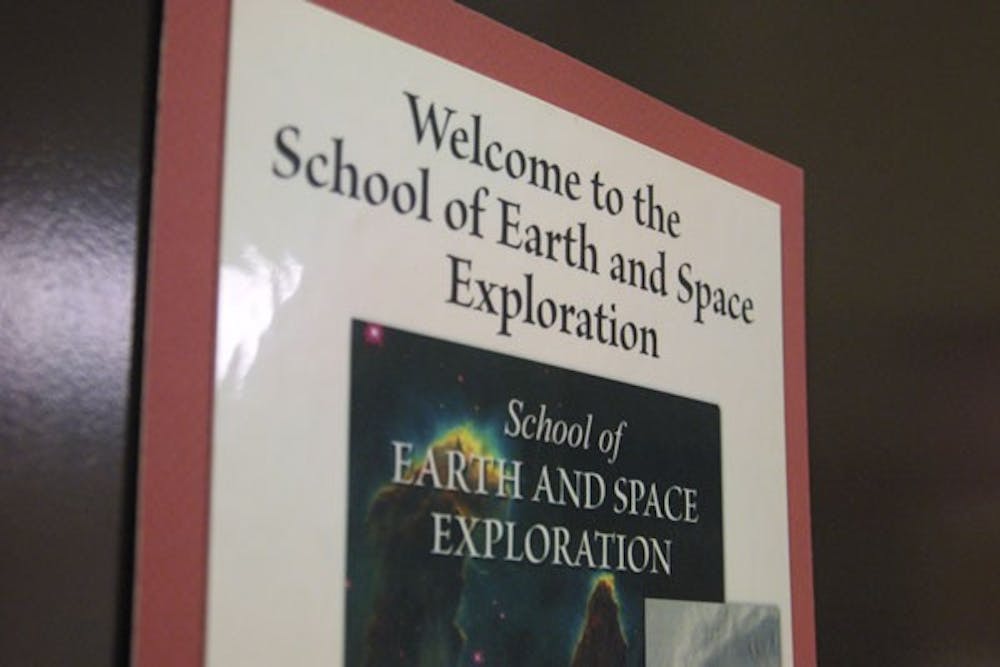An ASU research project is making waves in the search for possible life outside of our solar system.
The research focuses on using the infrared wavelength to detect minerals called phyllosilicates, which may signal the presence of significant amounts of liquid water if found in protoplanetary disks.
A protoplanetary disk is a rotating disk of dust and gas that forms around a young star, prior to any planets forming.
Melissa Morris, who worked on the project for her master’s thesis, said no one has ever tried this method before.
“The purpose of our study was to see if they could even be detected,” Morris said. “These minerals that were formed from a combination of liquid water and rock have very unique signatures in mid-infrared.”
The research focused on protoplanetary disks because of the difficulty involved in detecting anything more developed than that may be light-years away, she said.
Planets outside our solar system are detected by the wobble they induce in their parent star because of gravity. Hence, planets found so far are almost exclusively the size of Jupiter and located close to the stars they orbit, because these will cause the stars to wobble most obviously to scientists.
“We would love to be able to do that, but it is going to take much better instrumentation than we currently have available,” Morris said.
Morris started the project while she was a student of Steven Desch, an associate professor at the School of Earth and Space Exploration.
“This project built on an idea I had had many years ago. In fact, I presented the idea at a 2004 conference, in limerick form,” Desch said in an e-mail. “She developed it into a scientifically rigorous hypothesis, which led not only to her master’s thesis but also the paper that was just published.”
The main goal of the research is to try to see how common it might be for planets similar to Earth to acquire water, and therefore have the potential for life to form.
“If we detected phyllosilicates in other solar systems, that would show there is liquid water in that system, not just ice or water vapor. That would be an important data point that would help us understand how Earth obtained its water and how commonly other earths would acquire water,” Desch said.
Morris also emphasized the value of the research to the search for extraterrestrial life.
“What this does is it would demonstrate a similarity to our own system, that there is water in these extrasolar systems, and of course where there’s water, there’s the possibility for life,” she said. “It also gives us a lot of basic information on how planetary systems form.”
Reach the reporter at dana.sheaff@asu.edu





